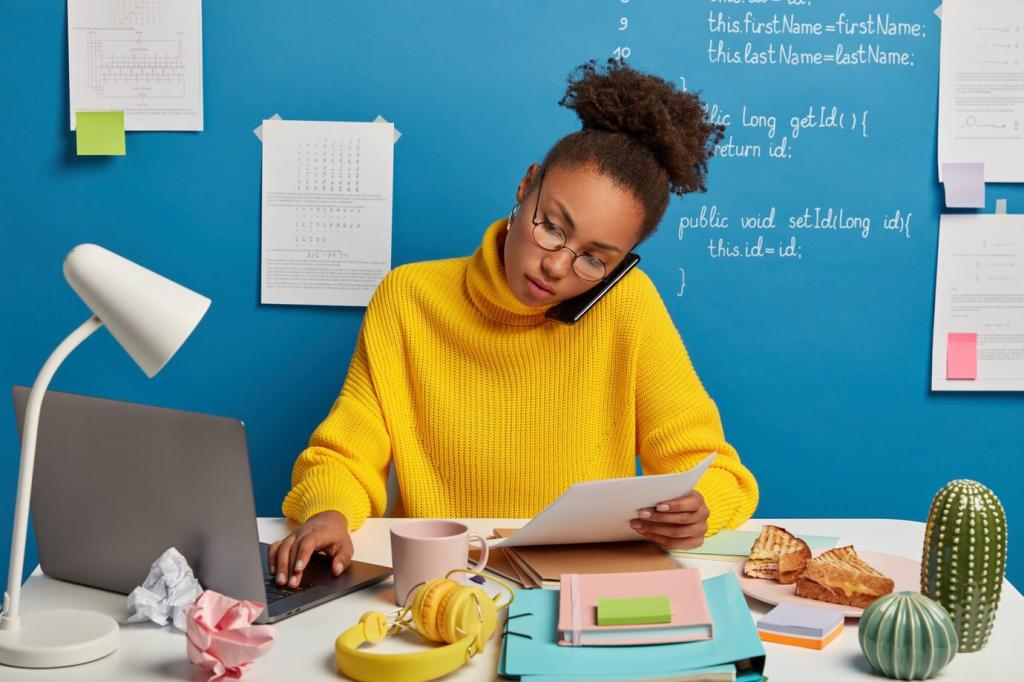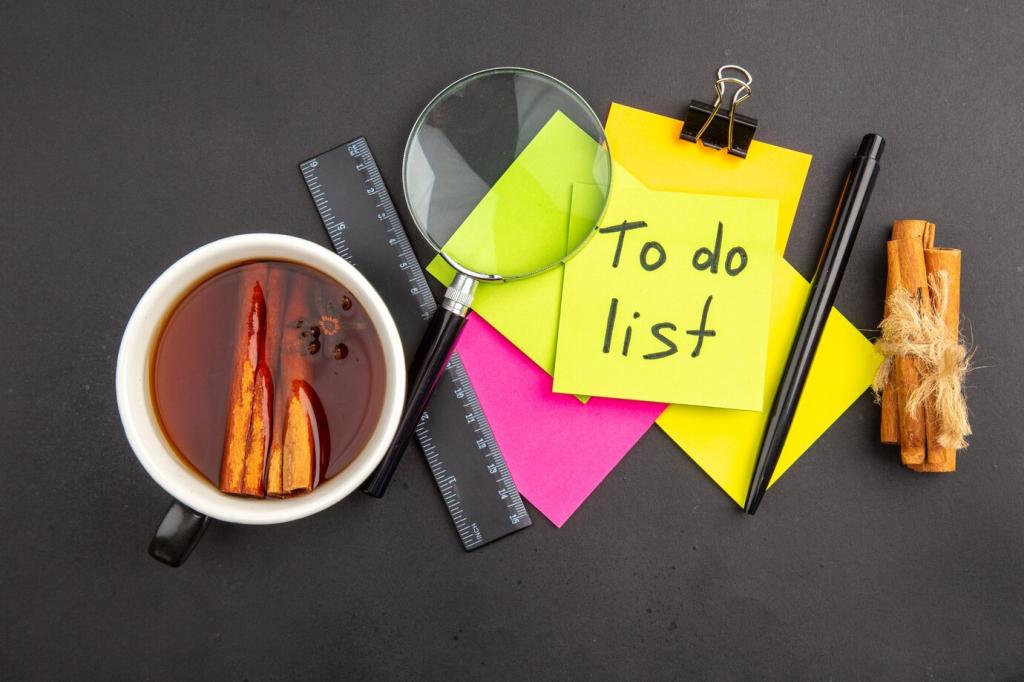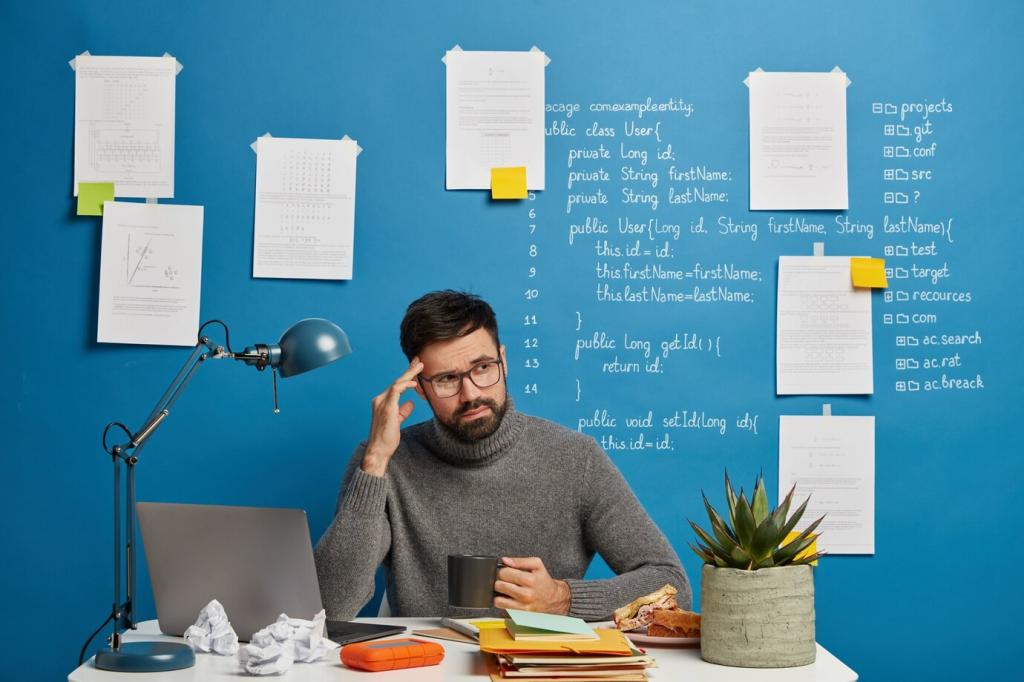
Collaborative Study Methods for Language School Students
Collaborative study methods play a pivotal role in enhancing language acquisition and fostering a dynamic learning environment for students. By engaging in cooperative activities, learners can accelerate their language skills and gain deeper insights into new cultures and perspectives. This approach not only emphasizes communication and teamwork but also encourages mutual support and accountability, leading to increased motivation and confidence. On this page, you will discover various collaborative techniques and strategies that language school students can use to maximize their learning potential, build lasting relationships, and make the overall educational process more enjoyable and effective.
Role-play Scenarios
Role-play scenarios are a staple of language learning, offering students the chance to step into different characters and situations as part of their lessons. In these activities, learners act out scripts or improvise responses based on assigned roles, such as ordering at a restaurant or conducting a job interview. This engaging approach encourages quick thinking and adaptability, both vital components in developing conversational skills. Collaboration is key, as students must listen actively, respond appropriately, and support each other throughout the exercise, deepening their comprehension and expanding their vocabulary.
Debate and Discussion Sessions
Debate and discussion sessions enable students to express their opinions, challenge ideas, and refine their argumentative skills in the target language. These collaborative exercises often center around current events or relevant cultural topics, fostering critical thinking alongside language proficiency. As participants articulate their thoughts and respond to others, they become more adept at structuring their speech and using persuasive language. The group dynamic ensures that all voices are heard, encouraging equal participation and deeper engagement with the material.
Peer Feedback Activities
Peer feedback activities invite students to offer constructive criticism and encouragement to one another during language exercises. These collaborative sessions can center on spoken presentations, written assignments, or conversation practices. By reviewing each other’s work, learners gain valuable insights into their own strengths and weaknesses while also developing empathy and effective communication skills. Receiving feedback from diverse perspectives helps students identify areas for growth, solidify their learning, and build self-assurance in their language abilities.
Word Association Games
Word association games are dynamic activities where students take turns saying related words, building a chain of vocabulary that reinforces memory and creativity. These games prompt learners to draw connections between concepts—such as synonyms, antonyms, or thematic links—making the learning process both challenging and entertaining. Working together encourages active involvement, ensures that everyone contributes, and helps students practice thinking spontaneously in the target language. As a result, vocabulary acquisition becomes a lively, ongoing collaborative experience.
Collaborative Story Creation
Collaborative story creation tasks invite students to collectively build a narrative, sentence by sentence or paragraph by paragraph. Each participant contributes ideas, vocabulary, and creative flair, fostering a sense of shared ownership over the final product. This activity not only enhances vocabulary but also encourages the application of grammatical structures in context. Through teamwork and negotiation, students practice flexibility, problem-solving, and empathy as they shape the story's direction, making language learning both purposeful and memorable.
Themed Vocabulary Exploration
Themed vocabulary exploration involves groups of students investigating specific topics, such as travel, food, or technology, and compiling relevant vocabulary as a team. By brainstorming, researching, and presenting words together, learners benefit from diverse perspectives and uncover terms they may not have encountered individually. The collaborative process strengthens their ability to categorize and contextualize language, while also fostering a deeper understanding of how vocabulary relates to real-life situations and cultural aspects.

Pair-Based Problem Solving
Information gap tasks are structured so that each student in a pair holds different pieces of information. To complete the task, they must communicate effectively to share and obtain the missing details needed to reach a common goal, such as finding directions on a map or assembling a schedule. This setup motivates authentic conversation, sharpens listening comprehension, and requires precise use of language. As students collaborate to fill the gaps, they develop problem-solving skills and become more confident expressing themselves in the target language.

